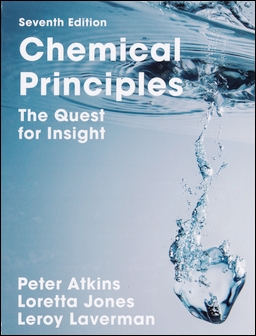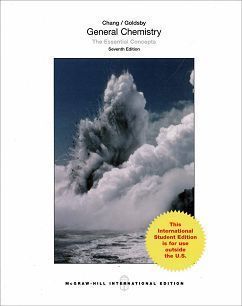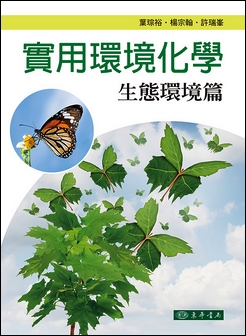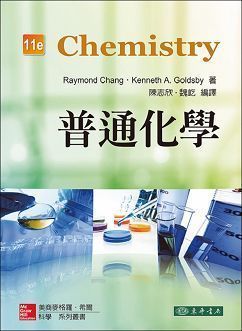書籍分類
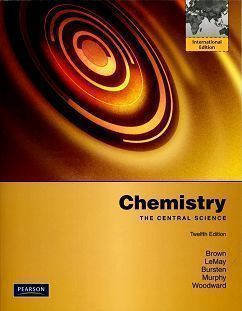
Chemistry: The Central Science 12/e
作者:Brown
原價:NT$ 1,350
ISBN:9780321749833
版次:12
年份:2012
出版商:Pearson Education
頁數/規格:1208頁/平裝彩色
版次:12
年份:2012
出版商:Pearson Education
頁數/規格:1208頁/平裝彩色
內容介紹 本書特色 目錄
- Description
Trusted, innovative, and calibrated, Chemistry: The Central Science has been the leader in general chemistry for over a decade. The unrivaled problems, scientific accuracy, and clarity that keep Brown/LeMay/Bursten/Murphy/Woodward at the forefront of the discipline have been upheld and are woven seamlessly with each new feature in this edition.
The Twelfth Edition is this text’s most ambitious revision to date—every word and piece of art has been scrutinized for effectiveness by all five authors. Based on abundant data culled from MasteringChemistryR, this intelligent, data-informed revision reflects the unparalleled teaching expertise of its author team. Each chapter has been updated and streamlined to remove any content not proven to increase student comprehension of the fundamental concepts of chemistry. Joined in this edition by new co-author Patrick Woodward, the book’s impeccable authorship gains a fresh, new perspective yet maintains its unified, consistent voice. Chemistry: The Central Science continues to foster student success beyond the text with MasteringChemistry, the most advanced online tutorial and assessment program available.



